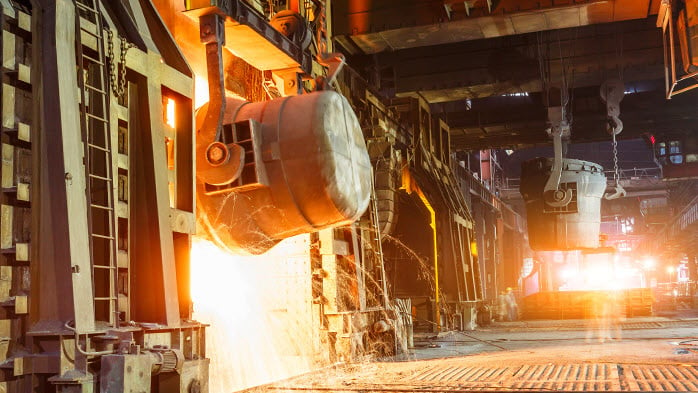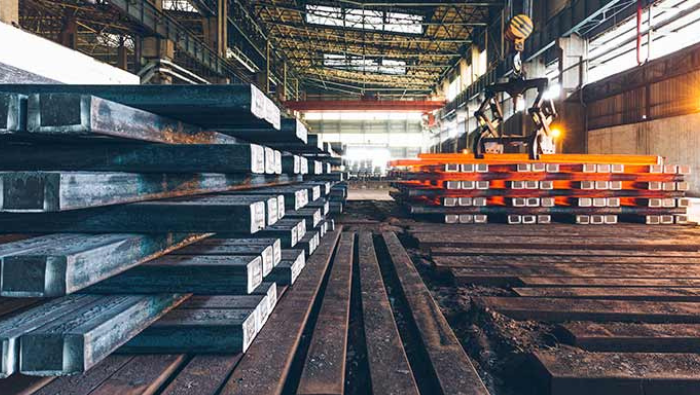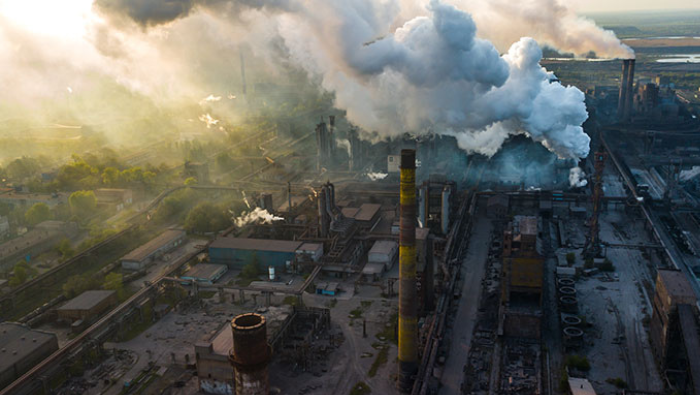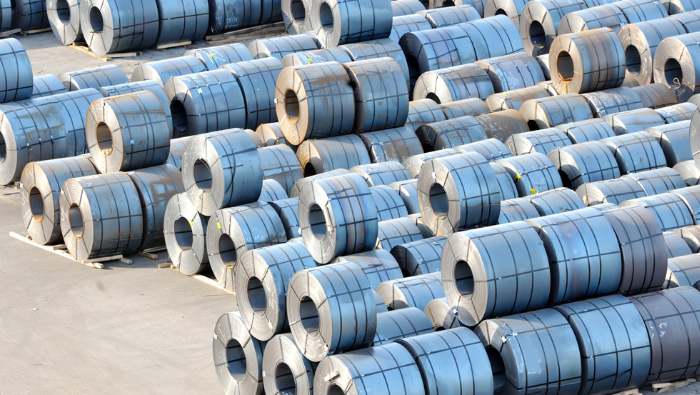In CRU’s earlier webinar, Finding reliable prices in volatile markets, we illustrated CRU’s approach and process in our price discovery work, particularly when markets are extremely turbulent.
During such periods of volatility, it is pivotal that a publication, such as CRU, mitigates the risk of: pre-empting market movements, creating undue volatility and potential manipulation. As expected, these markets continue to fluctuate and were a major talking point leading up to our North American Ferroalloys Conference, hosted in Scottsdale, Arizona, in late October.
First and foremost, it is important to understand that CRU’s pricing methodology is strictly transaction based. We are the only price assessment publication to adopt this approach. We use a transaction based price assessment methodology to ensure that our assessments are as objective as possible and do not fall prey to hype or fiction. The purpose of a publication is to provide insight into what are typically opaque markets, producing a price that is fair to both the buyer and seller. Therefore, all prices discussed throughout the webinar, and in this overview, have been verified and vetted by CRU pricing assessors, ensuring they represent the spot market.
Five markets that are making waves
Manganese Ore: From boom to bust in 12 months
It is no surprise that manganese ore prices have been, and continue to be, a hot topic amongst market participants; prices have defied all expectations and have remained firm over several months. Despite supply hitting unprecedented levels and rumours that prices would soften during our ferroalloys conference in October, it was not until November that cracks in price support started to appear. The upcoming Chinese ’heating season’ will have ramifications for both the ore and alloy markets. With planned cutbacks of steel production and continued oversupply of ore, prices will remain under pressure for the remainder of 2017. CRU continues to track the seaborne market closely, with our price assessors located in Shanghai and London remaining in daily contact with both the buyers and sellers to ensure any transactions are swiftly identified and recorded immediately.
Graphite Electrodes: The ten-fold increase no one saw coming
The supply shortage of graphite electrodes has remained the talking point of affected markets since CRU highlighted it as a significant issue in recent insights: Scrap prices will come under pressure from electrodes shortage, and Graphite electrode prices have risen sharply due to supply tightness in China. Following the environmental inspections and shortage of needle coke (a key ingredient in electrode production), graphite electrode prices have surged from $2,000 /t in early March 2017, to current spot prices between $30,000-40,000 /t, EXW China. We felt it was our responsibility to ensure we track these price developments to provide our clients as much insight as possible, even though CRU does not publish a regular price series for this product. There is confusion of where electrode prices will head moving forward and little information available of how the needle coke prices will develop, but CRU continues to work on this from our research, pricing and consulting side of the business to ensure our clients are kept as informed as possible on any developments that shed light on the matter.
Learn about the launch of our Global Graphite Electrode Market Outlook.
Molybdenum: In a constant state of flux
At the time of CRU’s webinar on price volatility, ferromolybdenum prices in both the USA and Europe were starting to decline following the price spikes in late August and September. Prices fluctuated throughout the rest of October and during the CRU North American Ferroalloys Conference. Chinese prices fell in mid-October as mills sought to reduce production costs; however, they rebounded the following week with the shutdown of Yichuan Luming, the country's largest molybdenum mine. The cut in production has pushed up raw material costs, which helped fuel an increase for both ferromolybdenum and moly oxide. The US and European markets improved as a result despite relatively thin trading as much of the market turned their focus to long-term contracts for 2018.
In the weeks following the Conference, prices for both ferromolybdenum and molybdenum oxide have oscillated in the USA and Europe. In late October, Chinese prices fell amid sluggish demand, but sentiment remained positive given ongoing production cuts, and the market started to rebound in early November. Prices in the USA and Europe also came under pressure, but the outlook remains positive for the near-term as raw material costs are expected to increase.
Electric vehicles and battery technology along with the potential usage if molybdenum have developed into a hot topic among participants; many look at the dramatic effect this narrative has had on the prices for cobalt, a key ingredient in these rechargeable batteries, and ask if battery technology could do the same for moly.
Cobalt: A shift from metal to chemical
Prices for cobalt are up nearly 80% across all grades since the beginning of the year, and demand is expected to exceed 100,000 tons. We anticipate changes to how refined cobalt is traded and produced. The key reason for this is the shift in cobalt demand from metallic products to chemical products. Cobalt metal has historically been the largest traded segment of cobalt products due to its application in aerospace and performance steels; however, in the last few years, cobalt chemicals have eclipsed cobalt metal, largely due to the standardisation of lithium-ion batteries across consumer electronics—most notably in electric vehicles. CRU is looking at producing a cobalt sulphate index that would represent the structurally shifting market, with the refined chemical market compromising roughly 63% of total demand for 2017.
Vanadium: China continues to hold all the aces
The US and European markets corrected following the rises seen in September. Chinese V2O5 turned bearish in late October, falling RMB1,000-2,000 /t the week of the CRU Conference. Despite the declines, sentiments were positive at the Conference, although some are concerned about the supply outlook for 2018. Fundamentals could indicate tightness next year, resulting from China’s inability to import vanadium-bearing slag and secondary raw materials. This could put a hamper on Chinese production and exports. Meanwhile, revised Chinese grade 3 rebar standards may impact domestic consumption as well. On a global scale, inventories are thought to be limited, while consumption is seemingly outpacing production, which could lead to significant price increases. In the meantime, prices in Europe and the USA have kept stable in recent weeks, while Chinese V2O5 has started to firm once again. Producers are now stepping back from the market as the uptrend is expected to continue, causing a scramble among buyers and traders alike. Most recently, European ferrovanadium prices inched higher due to the V2O5 increase, leading sellers to begin edging up offers. No impacts have been seen in the US market as of yet, as it typically lags developments seen in China and Europe. As a result, participants are keeping a bullish outlook for the rest of November.
In conclusion
Moving forward, CRU will endeavour to produce the most accurate and reflective pricing service in which a business can trust with their contracts and negotiations. Our investment in growing the pricing team across our offices in Pittsburgh, London, Mumbai and Shanghai, illustrates our global presence and commitment to our subscribers. This has allowed us to add 16 new price indices this year, including new geographic areas, such as our India manganese price indices. We look forward to working with your company further and providing transparency in times of volatility.

















